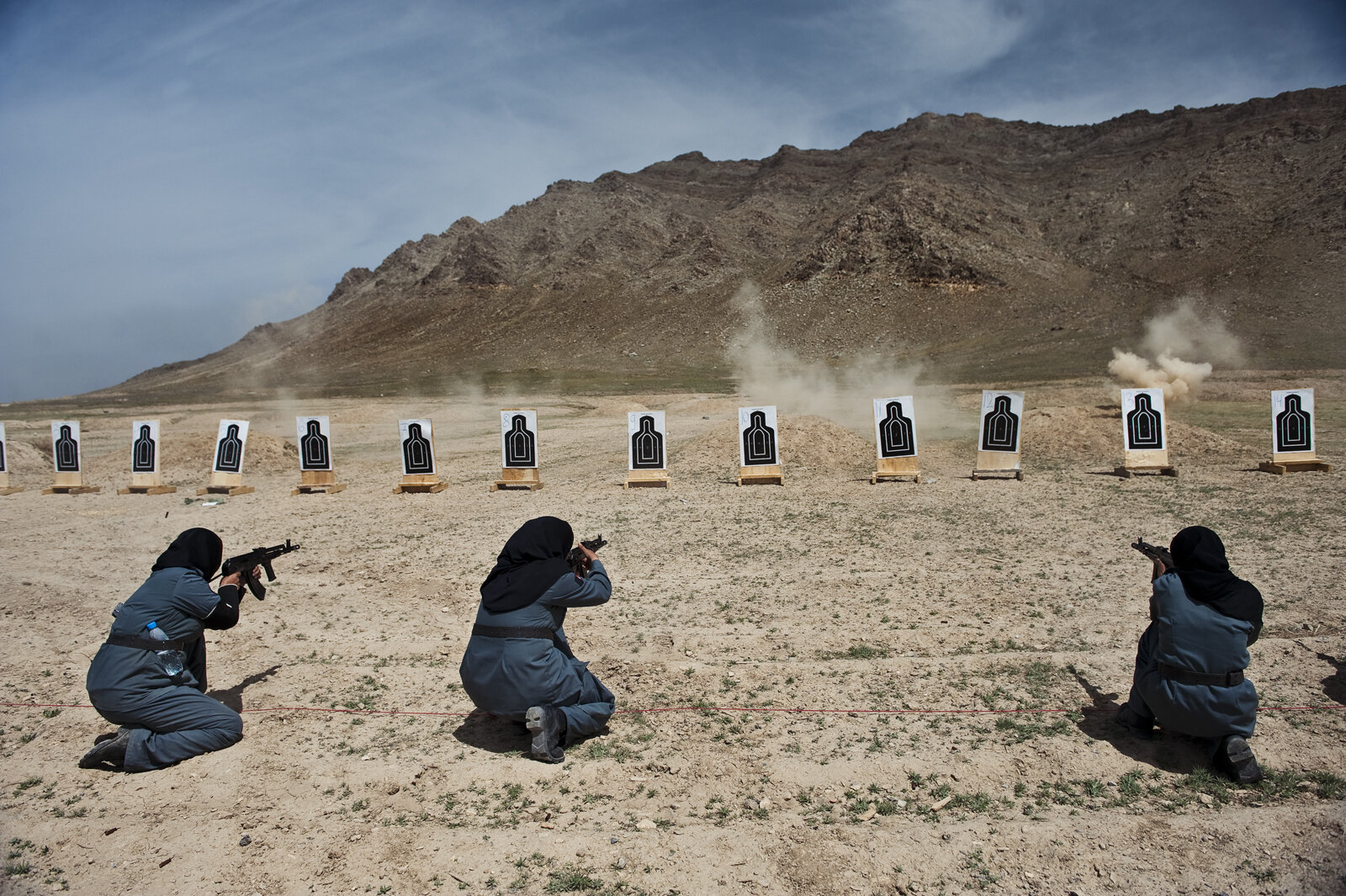Flying back from the Khytzeymateen Grizzly Bear Sanctuary in British Columbia, I swore I would take the time as soon as we landed to write about the adventure while the details were still fresh. But here I am, a few months short of two years, just finding the time to do that!
In 2017, British Columbia banned trophy grizzly bear hunting. You probably don’t remember that or did not even know that grizzlies were hunted in British Columbia. I still remember the little victory dance I did! It was about time. It had been a long 30 year battle for indigenous people, a number of conservation organizations and animal rights activists. And that day I thought: I am going to spend time with grizzlies, one of these days!
Fast forward to 2019. I initially started thinking about joining Andy Parkinson in one of his trips to the Kamchatka peninsula (Russia) and mentioned it to my friend Stephen, who sent me a link to Ocean Light II Adventures. The Ocean Light II trip to the Khytzeymateen sounded amazing, but as I have never spent significant time on a boat, I wanted a land alternative. As it turns out, there are no land alternatives close to the Khutzeymateen Bear Sanctuary, except for the Khutz Lodge which happened to be managed by Jamie Hahn whom I met 15 years ago (but that’s a story for another time!). I am still planning on joining Andy in one of his Kamchatka trips, but I wanted to get my feet wet with a trip close to home.
I headed to the Khutzeymateen Bear Sanctuary in May 2019. Being able to spend time with such incredible bears was both humbling and transformational. Coming in on a floatplane from Prince Rupert, the scenery was jaw-dropping and included fjords, pristine coastline, forests, snow-capped mountains and an abundance of wildlife.
The Khutzeymateen Provincial Park [a.k.a. Khutzeymateen/K’tzim-a-deen Grizzly Bear Sanctuary] was established as a park dedicated to the preservation of grizzlies and their natural habitat. At 44,300 hectares, the park represents the first undisturbed estuary of its size to be protected along the north coast of British Columbia. This land and marine sanctuary’s topography is diverse, with rugged peaks towering to 2100 metres above a valley of wetlands, old-growth temperate rainforests, and a large river estuary.
Managed in partnership by British Columbia Parks, the Coast Tsimshian First Nations, and the Gitsi'is Tribe collaboratively, this is the one place where the bears come first. The whole 450km2 conservancy is protected from hunting and logging, and access is strictly controlled to ensure the minimum disturbance to the habitat and its wildlife. No human is permitted to set foot in Khutzeymateen. And that’s the attraction! Incidentally, Khutzeymateen (K’tzim-a-deen) is a Tsimshian word that seems to have two meanings: “Valley at the head of the inlet” or “Confined space of salmon and bears.” Both are very fitting.
The Khitzeymateen Grizzly Bear Sanctuary is home to an estimated 40 to 60 grizzlies who depend on the area for their survival. It is hard to imagine a place devoid of humans and a perfect habitat for grizzlies and a myriad of other wildlife, including orcas, humpback whales, wolves, seals and a large number of birds, but this sanctuary is it!
Although nobody is allowed in the park, thousands of visitors venture up here in late spring to view the magnificent bears in their natural environment. They usually encounter grizzlies (Ursus arctos horribilis) by drifting in small zodiacs along a fjord at the park’s edge.
The month of May can be one of the best times to view grizzlies in the sanctuary. The grizzlies hibernate until April and emerge from their hibernation hungry and proceed to spend most of their waking hours eating to gain weight. The bears feed on Lyngbye’s Sedge (Carex lyngbyei), which grows in the Sanctuary. I tasted it; it tasted pretty good. The bears spend their entire day chewing on sedge and keeping their head down, making photography difficult!
Getting to the sanctuary from Toronto was an adventure. The trip included a flight from Toronto to Vancouver, another shorter flight to Prince Ruppert, and a floatplane right to the Khutzeymateen Wilderness Lodge, afloat in a small cove.
Stepping off the floatplane unto the Khutzeymateen Wilderness Lodge’s dock, we were welcomed by the lodge team. We unloaded our luggage and almost immediately headed out to try and find grizzlies. It did not take long; within 20 minutes, we saw our first grizzly!
The Khutzeymateen Wilderness Lodge team was exceptional at spotting bears and helping us to see them in their habitat. You would think that spotting a bear would be easy, but for the first few hours, I spotted mostly tree trunks that looked like bears, large stones that looked like bears and dark brown areas that guess what? Looked like bears!
On our first day, we saw 14 grizzlies! This grizzly trip is a trip I plan to repeat as soon as we get rid of Covid, and travelling is no longer akin to playing Russian roulette with your life.








